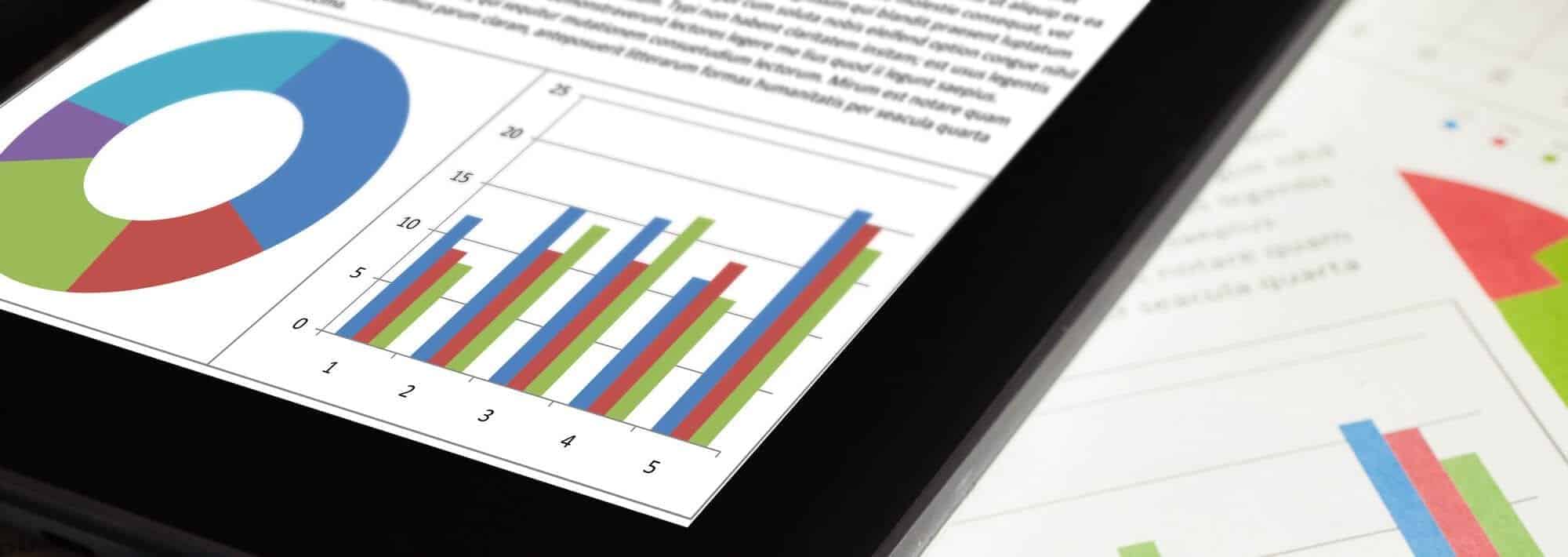SEO is a bit like playing darts in the dark. No matter how well you’ve got your technique down, there’s no way to immediately tell if you’ve hit your target.
The results of web marketing decisions can take a long time to uncover. Your best course of action is to measure your success and correct course when you need to.
But what metrics should you measure? When I first started in the field of Internet Marketing, I was completely overwhelmed by the amount of numbers available.
Identifying which metrics are useful can certainly be confusing. But don’t be discouraged! I’ve been there and I can help. Check out the complete guide to SEO metrics below:
Beware of Vanity Metrics
Vanity metrics are numbers related to your website that you can objectively measure. They’ll go up and down over time. But there’s a problem. Vanity metrics don’t offer numbers which lead to any useful, actionable information.
Some common vanity metrics include the number of:
- Downloads
- Subscribers
- Site visitors
- Pageviews
These metrics aren’t totally useless. But they don’t tell the whole story. For that, you’ll need to create KPIs.
A KPI is a Key Performance Indicator. These are the metrics which influence your conversion rates and, ultimately, your bottom line.
The Three-Step Solution to Measuring Success
While you want your brand to be popular online, having a lot of subscribers and pageviews isn’t what drives your business. I used to strive for as large of an audience as possible. That didn’t lead to financial success, however. Here’s a simple three-part breakdown:
- The success of your business is based on generating revenue.
- In order to increase your revenue, you need to determine which metrics impact revenue both directly and indirectly.
- These metrics are tracked with KPIs
What Metrics Should You Pay Attention to?
The following metrics should be monitored on a regular basis. This will keep your marketing efforts on the right track, and let you focus most on what matters.
Here are the metrics which matter:
1. Traffic
Web traffic is your best way to determine what marketing efforts are connecting with audiences and what efforts are not.
Tracking web traffic is easily done with Google Analytics. This will show you the number of daily page views as well as bounce rate, demographics, source and more.
This tells you more than simply the number of people who stop by each day. You can learn how engaged your audience is, how long they stay when they visit your site and how likely they are to make a purchase
Traffic reflects marketing changes both good and bad. Suppose whenever you post on Twitter and Instagram, you see an increase in traffic to your main website. But whenever you post on LinkedIn or Facebook, you don’t see any traffic increase. This how the traffic metric can help dictate your future strategy.
2. Customer Acquisition Cost
Also known as CAC, this the price paid by you for each customer. This cost includes everything which brought that customer to the point where that customer made a purchase. This includes market research, paid ads, any paid analytics platforms as well as any salaries.
In order to measure growth, you need to know your CAC. This easier than it might sound. Simply take your monthly marketing budget and divide it by the number of new customers for that month. Do this for three consecutive months and find the average. This your estimated CAC.
You can break your CAC down into smaller categories. Determine your costs for each channel, such as social media, organic traffic, referrals and so on. Then divide the cost by the number of new customers for each channel. This will help you focus your marketing efforts on the channels which give you the best return for your money.
3. Social Media
Marketing your brand across social media is a necessity. But you want to focus on the social media platforms which have the best ROI.
Fortunately, most major platforms provide you with tools to easily track your level of customer engagement. For example, Facebook Insights is comprehensive, easy-to-use and free.
For more info on how to promote yourself on social media, check out my complete guide on Using Social Media to Generate Sales.
When you know the right metrics to evaluate, you don’t have to make marketing decisions in the dark. By focusing on traffic, CAC and social media, you can adjust your marketing in meaningful ways.




